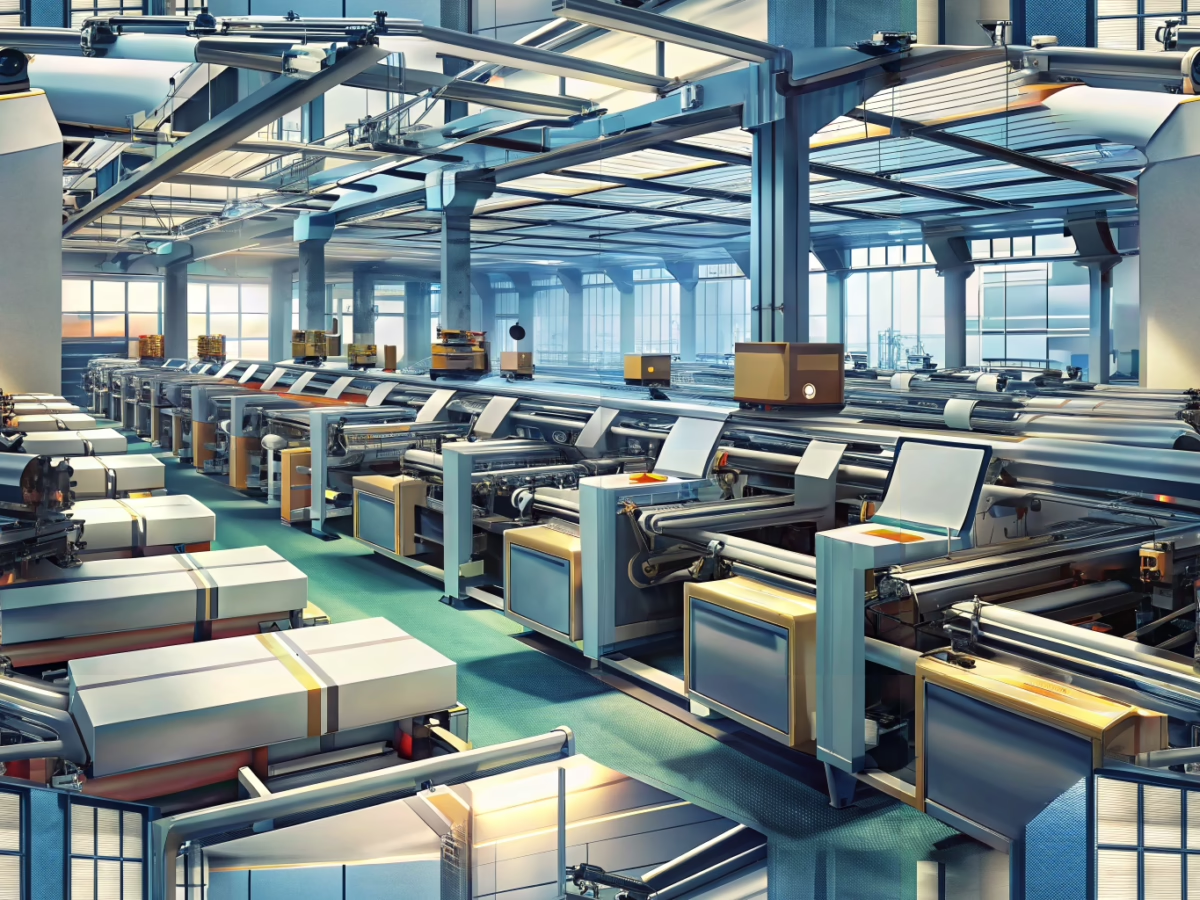The Print Revolution: A Tale of Two Titans
The printing industry has experienced a renaissance, with digital and offset printing emerging as the leading contenders. Each method boasts distinct strengths, making the choice a strategic one. Key factors to consider include quality, cost, speed, and scalability. As businesses aim to refine their printing processes, grasping these elements is essential.
Digital Printing: The Quick and Green Innovator
Digital printing has become a beacon for businesses seeking fast, flexible, and eco-friendly solutions. Its quick turnaround times and ability to handle variable data printing make it perfect for personalized marketing materials. Digital printing shines with cost-efficiency for short runs and a reduced environmental footprint due to less waste. For small to medium-sized print jobs, digital printing is a practical and efficient choice.
Offset Printing: The Consistent Color Maestro
Offset printing remains the go-to for large-scale projects, celebrated for its high-quality prints and consistent color matching. This method is more cost-effective per page when printing in high volumes, making it ideal for large print jobs. However, offset printing involves higher setup costs and a greater environmental impact. When comparing digital vs. offset printing quality, offset often excels in color consistency and detail.
The Price-Quality Dance: Finding Your Balance
When weighing digital printing vs. offset printing costs, the equation is clear: digital printing is more economical for short runs, while offset printing is cost-effective for high-volume jobs. Recent advancements in digital printing technology have improved quality, making it a formidable competitor to offset printing. Businesses must consider these factors to determine the most cost-effective and quality-driven option for their needs.
Pros & Cons: A Comparative Canvas
Digital Printing:
- Pros: Fast turnaround, personalization capabilities
- Cons: Limited color matching, inefficiency in large volumes
Offset Printing:
- Pros: Superior color consistency, cost benefits in large runs
- Cons: High setup cost, higher environmental impact
Understanding the pros and cons of digital and offset printing helps businesses make informed decisions based on their specific needs.
Crafting Your Print Strategy
Choosing the right printing method is akin to selecting the perfect medium for your art. For small to medium-sized runs, fast turnaround, and personalization, digital printing is the ideal choice. Conversely, large-scale projects demanding consistent high quality are best suited for offset printing. By aligning your printing needs with the strengths of each method, you can optimize your business operations. For more insight on our printing expertise, visit Michigan Custom Signs Printing Services.
The Final Brushstroke: Your Smart Print Choice
Ultimately, the choice between digital and offset printing depends on your specific business needs. Digital printing offers flexibility and speed for smaller, personalized projects, while offset printing provides unmatched quality and cost-effectiveness for large volumes. Evaluate your requirements carefully or reach out for a consultation to make the most informed decision. By leveraging these insights, you can make a smart print choice that enhances your business’s efficiency and output quality.

